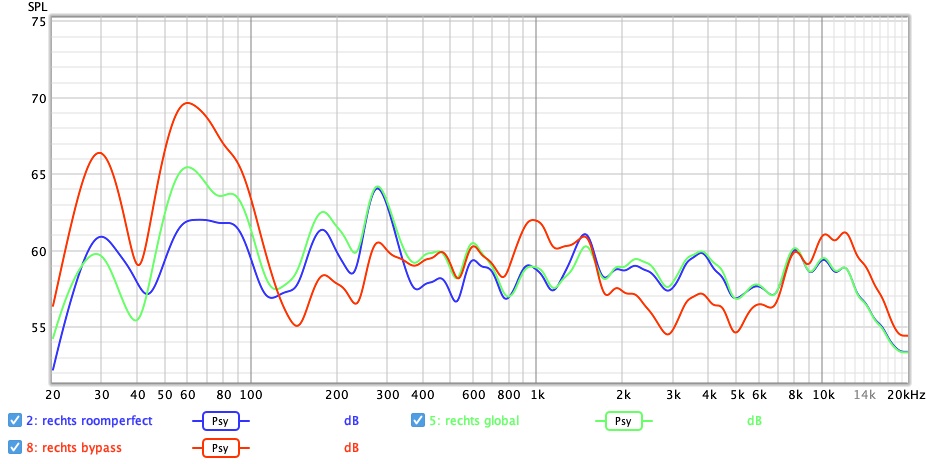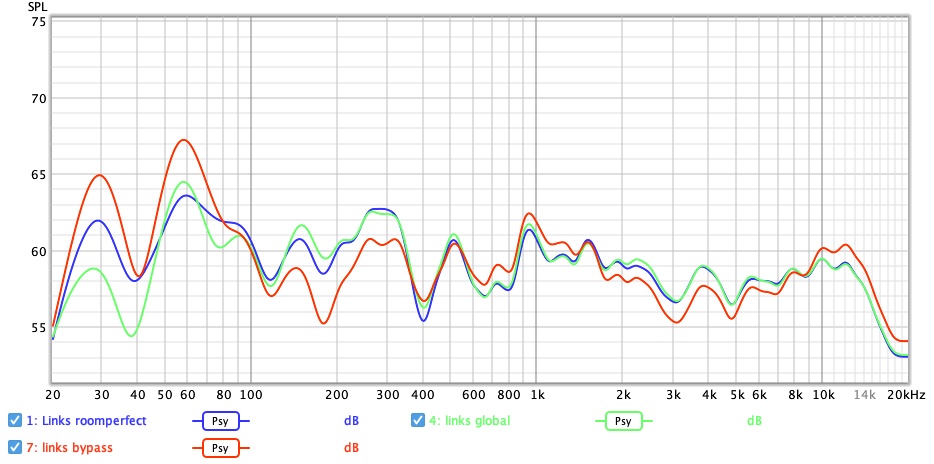I added a very rough trend line from the HF on down. It shows you don't get an average solidly above the trend until bass frequencies. If this is a reasonable indication of direct sound through the mid-high frequencies for that mic location, it again shows I should make the step down lowering the high frequencies even bigger. Going the other way--elimiating the step down by raising the HF up 2 dB would make a big hole in the lower midrange.
Yes, the suck-out visible between 300 Hz - 1 kHz would still be
perfectly audible, though it's arriving later in time (room acoustics) and simply discarded by the set windowing filter. The apparent over-elevation found in the simple steady state FR magnitude graph you originally showed can't be considered as a perfect, direct equivalent translation to what we would actually perceive in person. There is a correlation, for sure, but actual perception of the person sitting in the listening room (doing the EQ calibration) matters more.
...
The "rise time" setting can be altered if you click the options gear/sprocket wheel found on the upper right-hand corner of REW. All the other options can be kept within their original default values:
Below are some measurements I took recently of my Fostex 6301 speaker mounted above my monitor screen display which you may (or possibly not) find interesting:
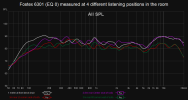
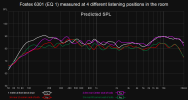
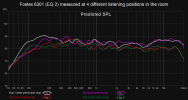

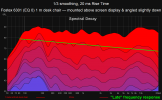
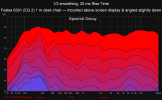
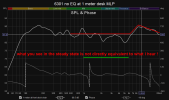
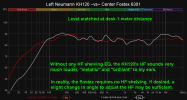
A better FDW algorithm should employ a more adjustable scale and windowing method like what
DRC does. Nevertheless, I think what REW has right now can be enough -- one just needs to cycle through the different settings rather than using only one fixed filter setting.










